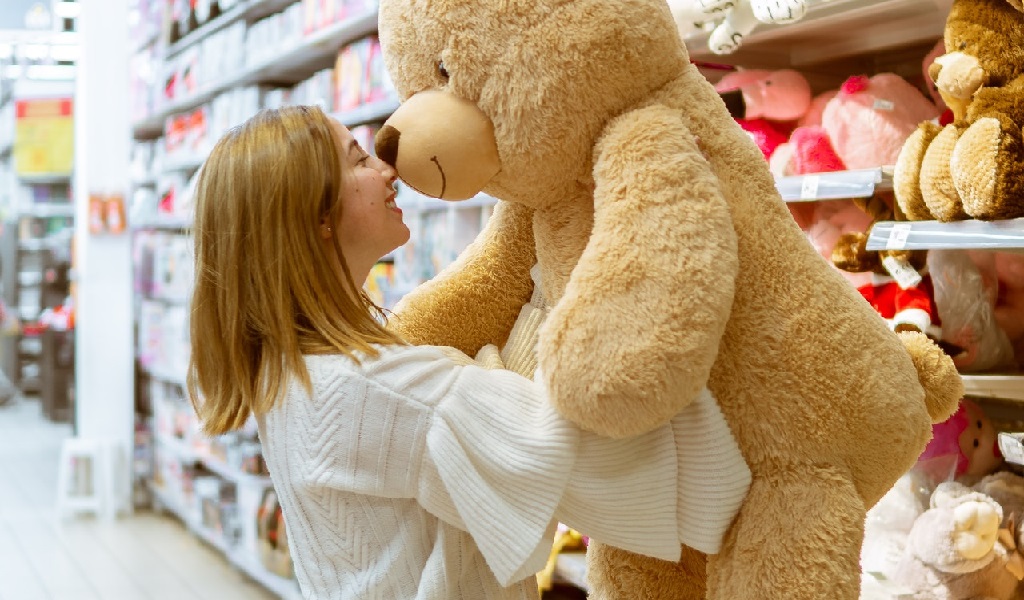If you were alive in the mid-to-late 1990s, there’s a good chance you are familiar with Ty beanie babies. Soon after their introduction in 1993, they became an internet and retail sensation. People worldwide began paying $5 to $10 each for these under stuffed animals to keep them as collectables. Others bought them as an investment – selling the rarest ones for over $500,000. Read on to learn all about the rise and fall of these plush animals in this beanie baby history.
Ty Warner’s Unique Idea
You may be asking, ‘When beanie did babies start?’ In 1993, H. Ty Warner introduced beanie babies at the Toy Fair in New York City. He based his idea on marketing a unique and fun stuffed animal for children worldwide.
He filled these animals with pellets and under-staffed them, so they were floppy. Warner’s goal was to make them more life-like than a traditional stuffed animal. In addition, Warner wanted to keep beanie babies affordable, so each item’s retail price was only $5 – a great deal even in the 1990s.
The Internet Helps Fuel a Phenomenon
Before Google and Amazon, most people did their shopping in traditional brick-and-mortar businesses. However, that began to change in the 1990s as people worldwide began to log on to the internet.
America Online was still in its infancy, and websites were popping up for businesses worldwide. Across the internet, people were using instant messenger and chat rooms to learn about these new stuffed animals popping up in stores throughout the United States and abroad.
The discussion about beanie babies also helped drive interest in demand for these toys, which helped make many of them become collectables. One of the ways these items marketed themselves was by their fun names.
For example, the dachshund version was known as the weenie beanie baby and quickly became popular with kids and adults across the globe.
Beanie Babies Today
The beanie baby craze came to a crashing halt alongside the dot-com bubble burst in 2000. Leading up to the burst, thousands of internet and tech companies popped up in the United States. These businesses had inflated valuations but drew the interest of millions of investors seeking the “next big thing” in the investment world.
These were similar to many beanie baby collectors who bought these toys seeking to sell them to pay for a child’s college education. Today, beanie babies are still sold worldwide but with a tame audience than decades ago. You can find rarer beanie babies for sale online and at trade shows. New releases are also made, but none of them has generated the revenue that Princess the Bear did after October 1997.
Understanding Beanie Baby History
Learning about beanie baby history is a great way to understand the rise and fall of one of America’s most beloved sets of collectables. Whether you bought them in the 1990s to enjoy or turn around and sell, there’s a good chance you had fun doing it.
Are you interested in learning how internet shopping makes it easier to find the items you want? Then, check out our blog post about the pros and cons of shopping online.
Wrapping it all up:
If you’re new to Beanie Babies, you might be wondering just what they are. So many variables can make them difficult to value. But here’s a quick guide to the phenomenon and its history. Also, be aware that the prices and styles of different Beanie Babies vary widely. It is where it becomes necessary to know the history of your Beanie Baby before you purchase one.
Before buying a Beanie Baby, it is essential to understand what it means. The tags are critical to the toy’s identity. Some are expensive. Others are rare, so it’s essential to know what to look for. And you must check the brand’s authenticity. You must be sure you are getting a genuine Beanie Baby.

















